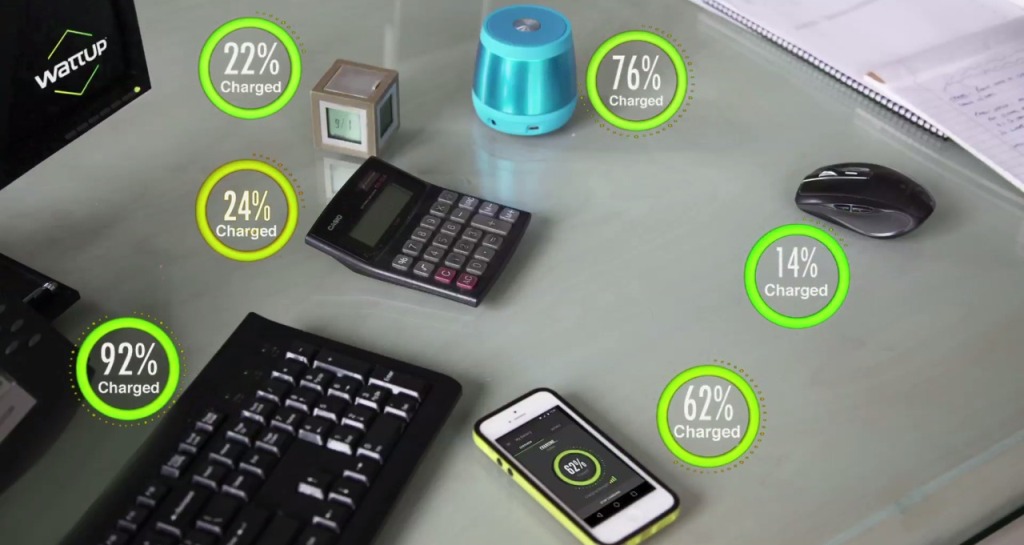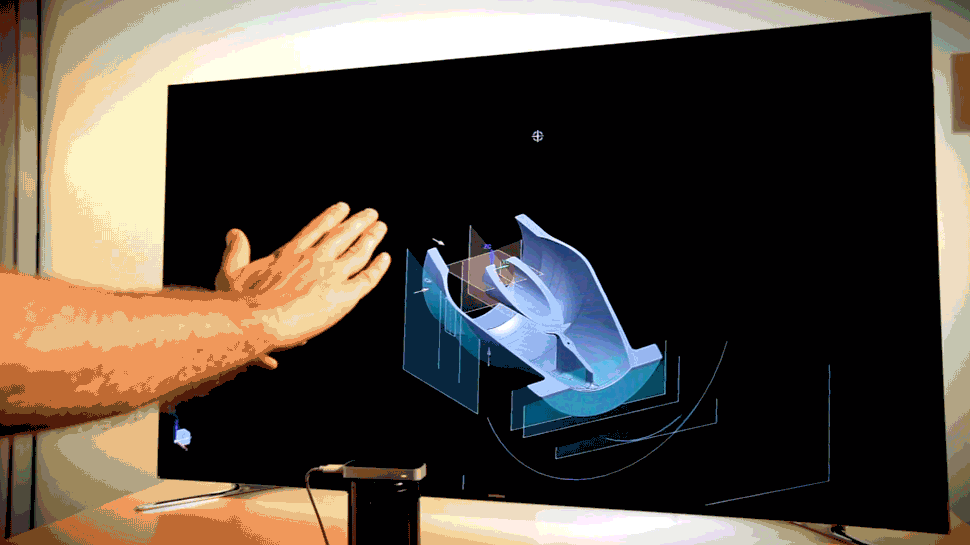The first wireless phone was developed by Martin Cooper in 1967 for Motorola Corporation. Since then the development of communication technology has been in leaps and bounds. The wireless handsets quickly evolved into cellular devices, which could be carried around in pockets. Then these cellular devices were integrated with computers, giving us the first smartphone.
The market for these communication devices has always grown exponentially until now. Recently, the market has plateaued. Experts claim that this is because the battery, memory, processors, and others are reaching their maximum limits. Also, these features are offered by nearly every brand, which has made the market lose its charm.
But then again, the creativity of man never rests! Technology will keep developing beyond smartphones and will give us new wonders. Here are some of the developments in communication technology that will come after the saturation of smartphones.
5G

Even if smartphone sales have remained constant, there is a surge in data consumption and is predicted to continue. An even faster service of data transmission, the 5G is quite near in the future. This technology will oversee an advent of the Internet of things, which will evolve to new levels with the help of 5G communication technology.
The infrastructure needed for establishing a 5G network represents a huge investment. There are efforts being made to free up higher airwaves and billions of dollars are being invested in the setup of new cellular sites. You can be sure that the 5G network will be introduced within the next few years.
AR and VR

Augmented Reality (AR) and Virtual reality (VR) have already made an entrance in the markets. These technologies are bound to make further headway into nearly all technological realms. The highly popular game Pokemon Go is an excellent example of augmented reality being used for entertainment. This technology has huge prospects in our everyday life. You will be able to view things under an overlay, getting all the information you need directly from it. For example, if you augment a picture of a street, you may get the information about all the restaurants on that street.
Virtual reality is already available through virtual reality headsets in the market. It will go on becoming more and more sophisticated with the years. We can expect built-in projectors on our phones, 360-degree photographs, 3D images, hologram projections, and a lot more from virtual reality enabled devices.
This technology may not remain limited to handheld devices. It might be incorporated into everyday accessories such as glasses, watches, etc.
Over the air charging

This is not really a new concept. It was thought up by Nikola Tesla. This technology will overcome the limits placed by batteries on electrical devices. It conceptualizes a zone, much like wifi, which when entered will automatically start charging your phone, or any other battery-operated device.
Although the idea seems far fetched, wireless charging stations have already been introduced in the smartphone market. Even modern electric vehicles are being equipped with wireless charging pads. Therefore, it would be safe to say that over the air charging will be a thing in some years
Other forms of control

Gesture controlled devices are under development. We can even see some primitive forms of gesture control incorporated into our current smart devices. One day, all smart devices may be controlled by simple gestures. We might just need to wave our hand to change the music, put our fingers to our lips to mute a video.
A step ahead would be neural control. We would be able to control devices with our minds. Facebook is working on technology that would allow us to type with our minds. MIT is working on a technology known as the AlterEgo, that would allow us to converse with machines directly. Although far into the future, neural control could become reality some day.
Implanted Circuitry

This idea was considered science fiction a few years ago. It was even portrayed in movies like Total Recall, just for what it was: science fiction! However, work is being done to bring this into reality. The idea involves implanting electrodes into the human brain, allowing you to communicate directly with machines. Experts say that when AI begins to program itself, it would be necessary for humans to integrate with it in order to keep up.
Even though this idea sounds outlandish, Elon Musk has founded a company Neuralink in order to realize this technology, which he calls neural lace.
Humankind advances into the future and along with it, technology evolves day by day. One day, every machine, appliance, and home will be connected to a huge network. This will lead to an increase in comfort, a better lifestyle and overall progress. However, each of these technologies will face unprecedented problems and consequences, which will change the impact of these technologies. It is too early to predict these, but we can expect change to be a constant as the future comes to us.

